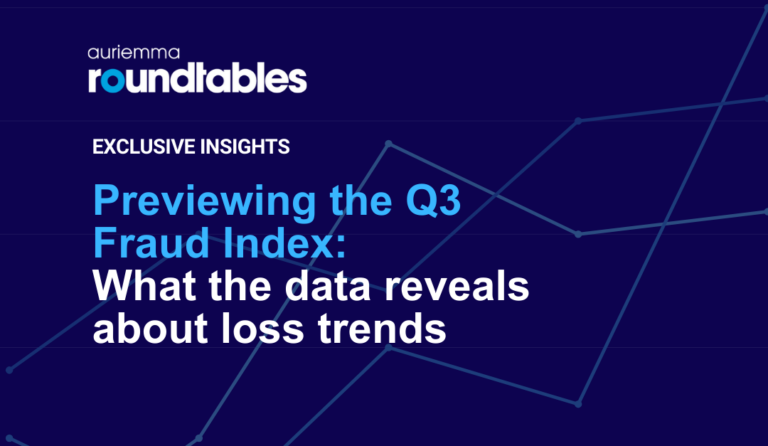August 15, 2025
6 Emerging Trends in Property Claims: What Insurance Professionals Need to Know
Property claims have changed in recent years. Climate swings, new tools, and rising customer demands drive this change. Insurers now see more claims from storms, floods, and wildfires.
Property claims professionals should be watching these trends closely if they want to work faster, serve customers better, and lower risk.
Here’s a breakdown of the key trends shaping the property claims landscape in 2025:
1. Climate Change and Catastrophic Weather Events
What’s happening:
The frequency and severity of natural disasters—wildfires, floods, hurricanes, and hailstorms—have risen dramatically. According to NOAA, 2024 marked the fourth consecutive year with more than twenty $1B weather events in the U.S. alone.
Impact on claims:
- Surge in volume of CAT claims
- Uncertainty of when CAT season is for teams to prepare
- Talent crisis/shortage to handle CAT claims
- Rising ALEA costs and shortage of qualified service providers
Takeaway:
Carriers are investing in CAT response technology, remote assessment tools, and partnerships with third-party contractors to scale faster during peak events. Carriers should be reviewing CAT best practices to better prepare for the ever-changing landscape and volatility of catastrophes.
2. Remote Assessments and Drone Technology
What’s happening:
Drones and mobile apps have made remote property inspections both safer and faster. AI-powered image recognition tools now support real-time damage assessment from aerial or smartphone footage.
Impact on claims:
- Faster turnaround on estimates and settlements
- Reduced need for in-person adjuster visits
- Improved safety for staff
- Enhanced documentation and fraud detection capabilities
Takeaway:
Claims teams should continue to evaluate drone and imagery platforms to not only improve customer service but also improve workflows. These technologies assist in adjudicating claims faster, especially for roof damage, significant property losses, or unsafe areas.
3. AI and Predictive Analytics in Claims Processing
What’s happening:
Machine learning models are increasingly being used to predict claim severity, estimate repair costs, and detect anomalies in claim submissions. Maximizing AI at FNOL can better position the claim for settlement and an easy entry point to AI for carriers.
Impact on claims:
- Accelerated triage and getting the right claim in the right hands the first time
- Improved claims accuracy and consistency
- Earlier fraud identification
- Better resource planning
Takeaway:
AI won’t replace adjusters—but it will augment decision-making to allow adjusters to focus on the customer instead of repetitive tasks. Training teams to work with AI tools will be essential for long-term competitiveness.
4. Supply Chain and Inflation Pressures
What’s happening:
Construction material and labor costs remain high after COVID. New tariffs may push supply costs up again. These changes slow repairs and raise claim costs.
Impact on claims:
- Claims take longer to close because contractors and materials are delayed
- Settlement amounts rise
- Policyholders wait longer for repairs and grow frustrated.
Takeaway:
Clear communication with policyholders builds trust. Frequent updates from vendors keep everyone informed. Policy language should reflect current inflation rates. Regular contact helps keep customer satisfaction high and supports policy renewals.
5. Policyholder Expectations and Digital Engagement
What’s happening:
Customers expect Amazon-like speed and transparency. Mobile-first tools, 24/7 service, and digital tracking of claim progress are now baseline expectations. It is a delicate balance to offer technology to insureds yet maintain a personal touch with policyholders.
Impact on claims:
- Higher CSAT for carriers with digital portals, AI can assist in meeting self-service expectations
- More self-service FNOL (First Notice of Loss) submissions
- Greater scrutiny of settlement fairness and timing
Takeaway:
A streamlined, digital-first claims journey isn’t a “nice to have”—it’s essential. Invest in user-friendly apps and omnichannel support. Carriers should be reviewing
6. Focus on Sustainability and ESG
What’s happening:
Green repairs, energy-efficient replacements, and sustainable rebuilding practices are gaining traction, especially in urban and high-net-worth markets.
Impact on claims:
- Claims teams now see more requests for eco-friendly materials and vendors
- Many clients want reports that show how claims affect environmental, social, and governance goals
- Some insurers now offer new coverage or endorsements for green repairs
Takeaway:
Claims staff should learn about sustainable products and services. They can use this knowledge when they talk about settlements or plan repairs. This helps meet client needs and supports company goals.
Conclusion
The property claims sector is at a pivotal point. With environmental shifts, tech innovation, and rising customer expectations, insurers who adapt quickly will not only manage risk better but also win policyholder loyalty.
For claims professionals, this means becoming more tech-savvy, agile, and customer-centric than ever before. Using tools and process improvement throughout the year helps organizations be proactive vs reactive to the changing claim environment.
Stay prepared. Stay proactive. And above all, stay connected to the changing pulse of property claims.
About Auriemma Roundtables for Property Claims
The Auriemma Property Claims Roundtable is focused on developing best-in-class operational, cost management, and digital transformation strategies focused on a range of objectives, including delivering intuitive, user-friendly customer experiences, reducing the detrimental impact of fraud, and leveraging resources to maximize outcomes throughout the claims process.
If you would like to learn more about Auriemma Roundtables for P&C Claims or to inquire about membership, please reach out to Ron Kifer for more information.



